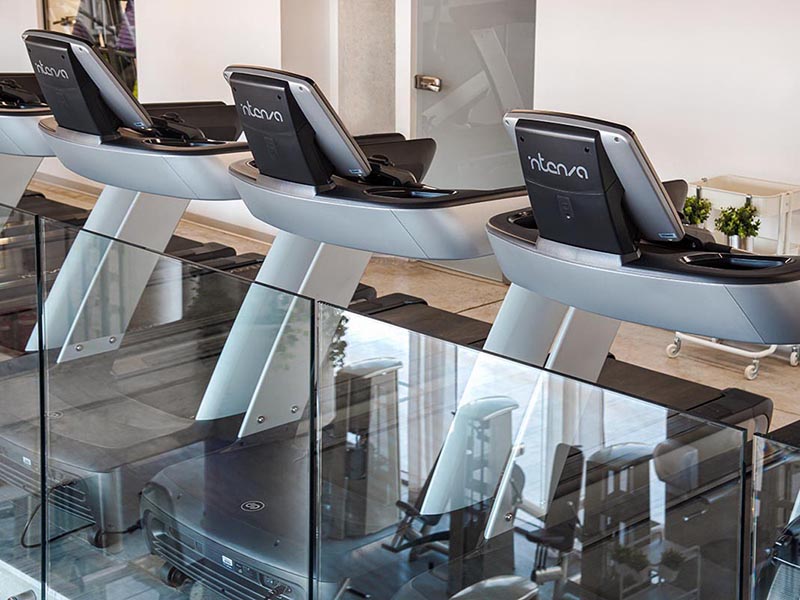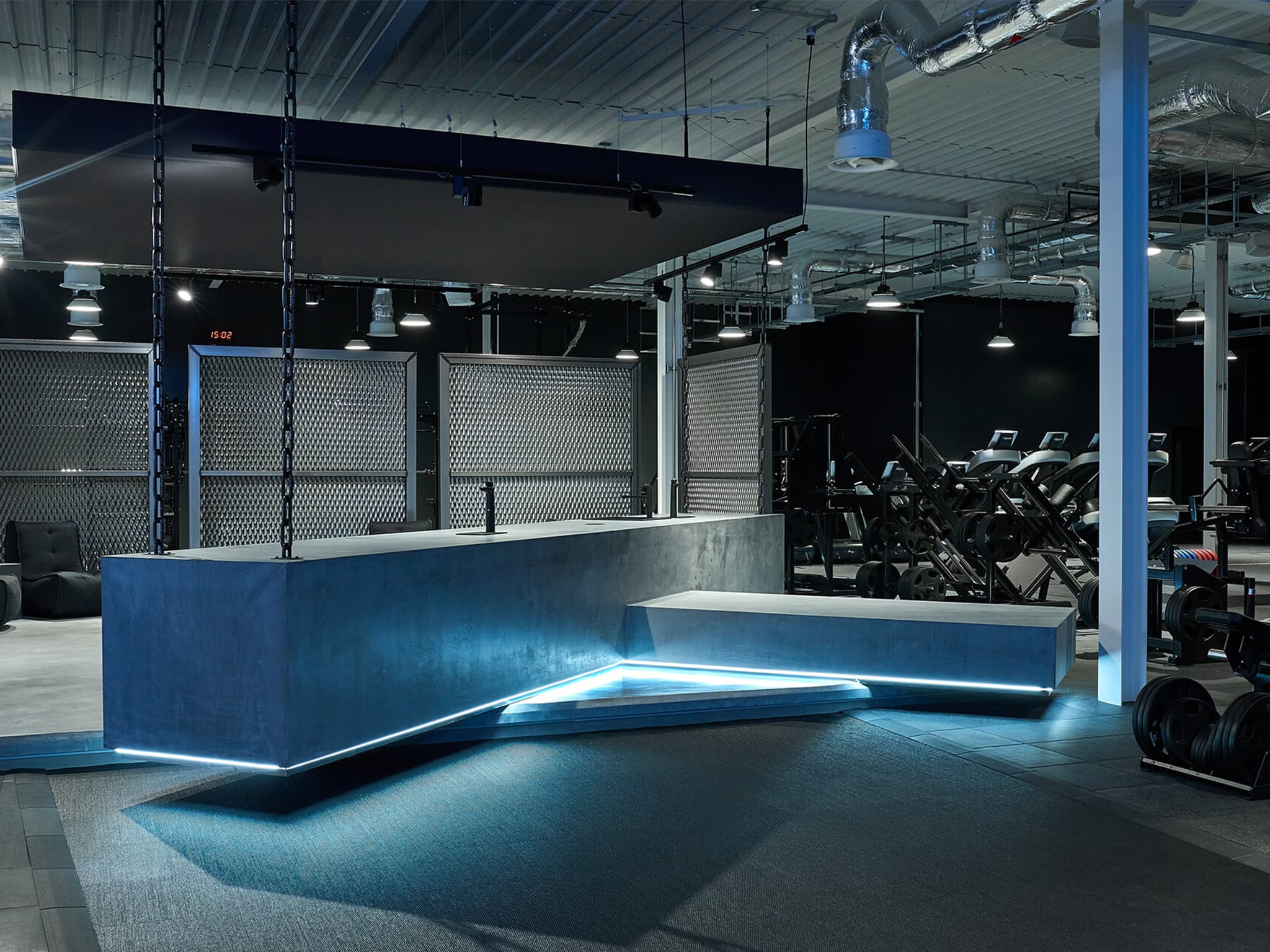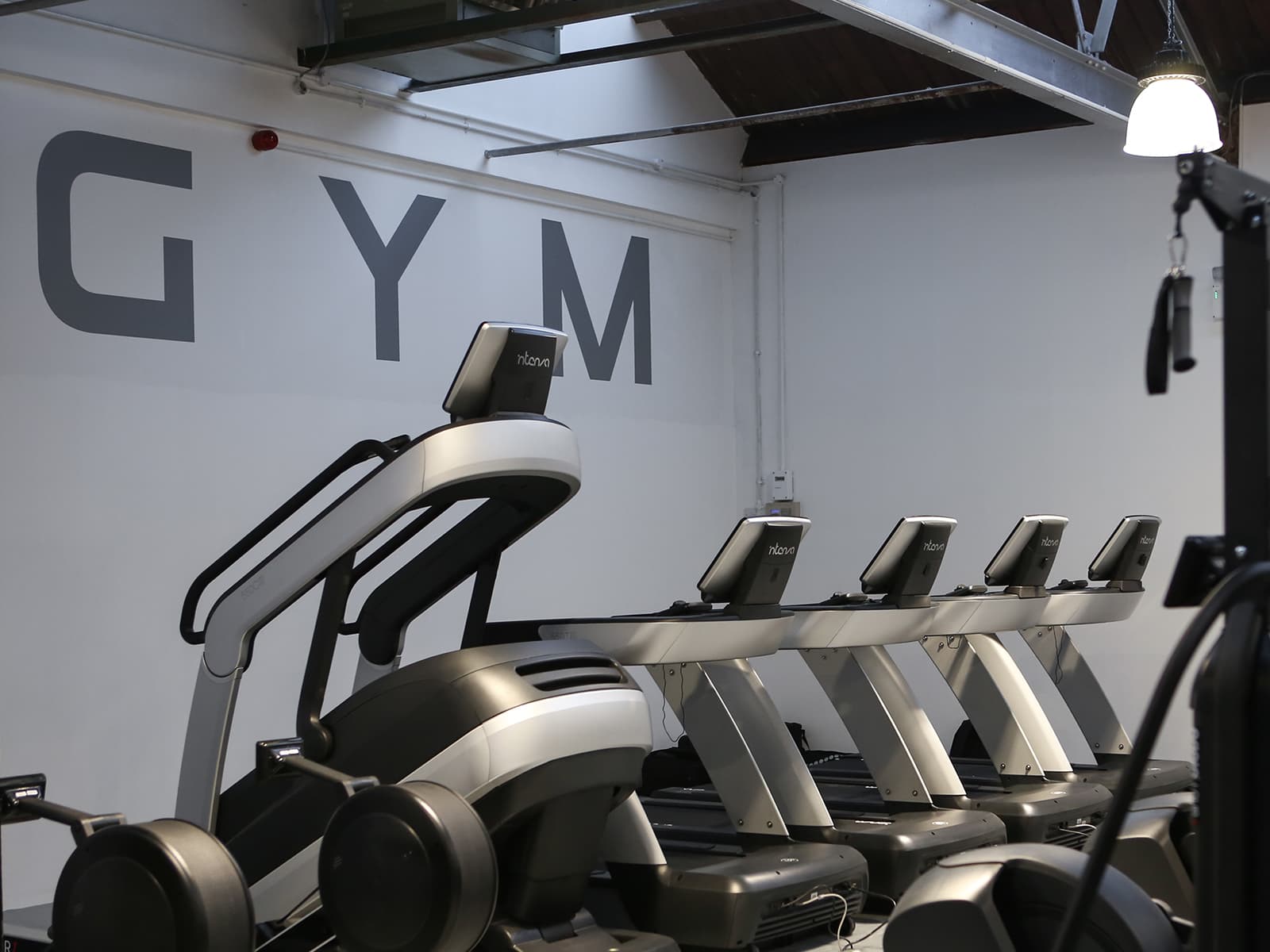
7 Tips for Easing Back to the Gym After a Break
It might be tempting to simply try and pick up where you left off, but doing too much too soon is likely to result in injury, forcing you to take yet more time out!
With the temporary closure of many gyms during global lockdowns, trying to maintain some kind of consistency with fitness routines has been no easy feat for many people. However, the good news is that after this prolonged hiatus, many clubs are starting to re—open and members are eager to return to their pre—lockdown exercise routines. Taking time off from the gym, coupled with altered types of exercising, means that many people are bound to have taken a few steps back when it comes to progress but before you start feeling daunted by the uphill climb that lies ahead of you, remember that it is possible to recover all those health gains and all you need are the right tools and mindset. Intenza Master Instructor EMEA Jannik Eggs shares his seven tips to prepare you for a safe, manageable transition back into working out at the gym, or if you are a newcomer.
Tip #1
Set yourself a goal by answering the question “What do I want? When, in what period and why?” This goal should on the one hand drive and challenge you, but on the other hand also be realistic. If you set yourself goals that are too high, and do too much at once, you quickly become overwhelmed and throw in the towel and in the end achieve nothing!
Tip #2
Pace yourself. You gain nothing from going from 0—100! Just start with one cardio training session a week, ideally, in addition to strength training, so that you have a comprehensive fitness program for your body.
Tip #3
If you are new to cardio training, or if you are returning to cardio training after a long break, don’t kick—off with HIIT. This form of training puts an extremely high load on the passive structures in the body, ie. on our bones, on our joints, tendons and ligaments. After a long break or as a newcomer, the passive structures are not used to this stress so that the risk of injury increases drastically.
Tip #4
Even if you are not doing any training, you should still warm up. For example, start with a few relaxation exercises away from the equipment, such as twisting or rotating the hips or something similar. And only then go to your cardio device and start with a low resistance which you then increase gradually so that you will have reached your target resistance, or your target speed, on the equipment after about 3—4 minutes.
Tip #5
If you are a newcomer, or back after a long break and not sure exactly what to start with, or which cardio device is best for you, try a few out and see which is most fun, and at the same time you’ll be able to figure out what suits you best! Your optimal training intensity should be around 60—70% of your maximum heart rate. This can be easily determined using a simple rule of thumb: take 210 beats per minute then subtract your age and then calculate 60—70% of this. All Intenza cardio equipment includes integrated Polar®—coded wireless telemetry technology, built—into the handles, to record your heart rate during training, so this allows you to see whether you are in the correct respective heart rate range.
Tip #6
Drink enough water. It is very important to drink about half a litre of water for every half hour of cardio training.
Tip #7
For successful cardio training— bring out the music that drives and motivates you. When you really feel exhilarated that means that you can stick with it for a long time (and of course have fun with your cardio training!)
Our bodies are amazing, and as long as our general health hasn’t dramatically changed, implementing the right training regimen, and mindset, even after a period of inactivity will allow us to rebuild any strength and endurance that may have been lost— the ultimate goal is to engage in the type of exercise you can enjoy, and to do it regularly to meet your immediate goals, and your whole life. And remember, it's never too late to kickstart your fitness plan!

Historias de marca
Aesthetics Fitness Club GOLD: A space that goes beyond a traditional gym
Mind, body and soul the extremely well—equipped, ultra—stylish Aesthetics Fitness Club GOLD caters for their members’...

Historias de marca
El club de levantamiento Gymshark ofrece un entrenamiento de clase mundial.
El Bienestar Corporativo es imprescindible en el lugar de trabajo actual, pero ¿cómo logra que los empleados participe...

Historias de marca
uGym. ¡Bienvenido a un usted mas saludable!
Inspirando a las personas a vivir vidas más saludables, felices y felices: uGym es una empresa familiar con grandes amb...



